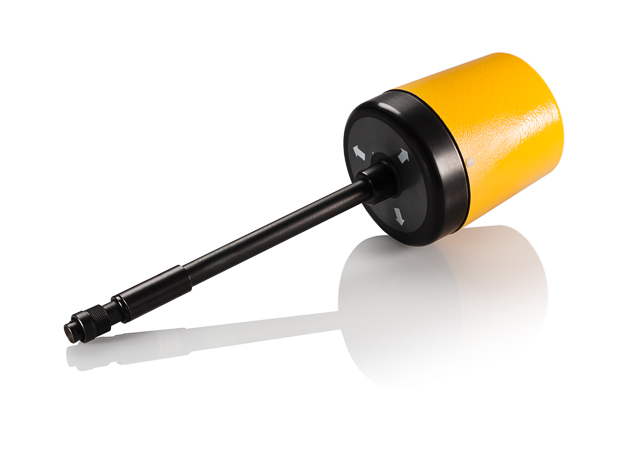Related Products
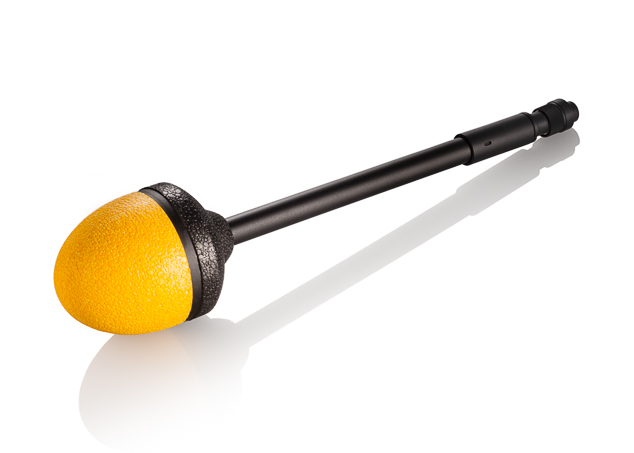
Narda EF 6092 NBM E-Field Probe, 2402/17B | 100 MHz - 60 GHz
- General public and occupational field exposure
- Broad frequency range with high dynamic range
- Isotropic (non-directional) measurement


Narda Magnetometer HP-01 | 0 Hz - 1000 Hz
- Field exposure evaluation according to current standards and regulations such as Directive 2013/35/EU for workplaces
- Frequency-selective and wideband measurement of magnetic fields from 0 Hz to 1000 Hz
- Non-directional (isotropic) measurement with orthogonally arranged Hall sensors


Narda FieldMan Electromagnetic Field Meter | 0 Hz - 90 GHz
- Non-directional measurement using isotropic probes for applications in the frequency range 0 Hz (DC) to 90 GHz
- Wide measurement range from 0 Hz (DC) to 90 GHz
- Digital probe interface: no calibration of the measuring device is required, only the probe is calibrated

_52.jpg)
Narda EF 1891 NBM E-Field Probe, 2402/02B | 3 MHz - 18 GHz
- Flat frequency response
- Diode sensors
- Isotropic characteristic

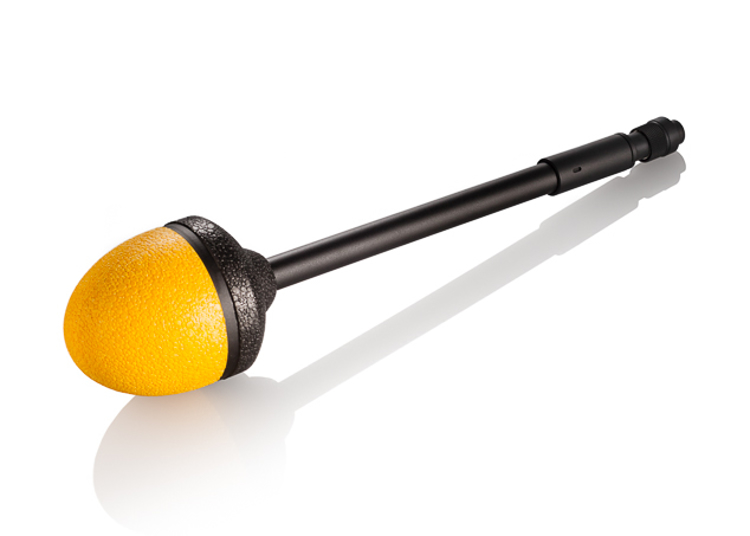
Narda EF 5091 NBM E-Field-Probe, 2402/03B
- Frequency range: 300 MHZ - 50 GHz
- Dynamic range: 37 dB
- Directivity: Isotropic (Tri-axial)

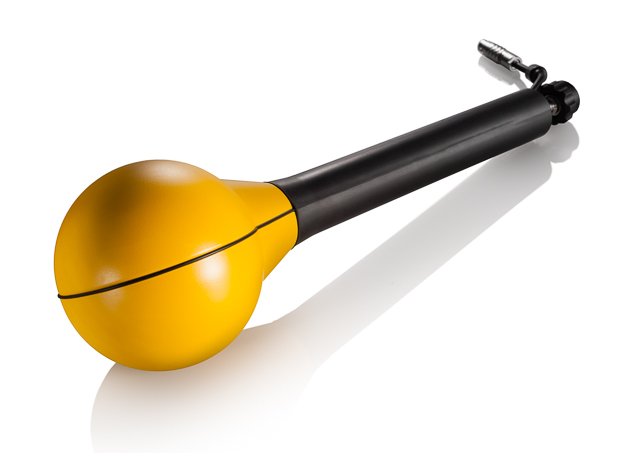
Narda 3502/01 3-Axis Isotropic Antenna | 27 MHz - 3 GHz
- Measures electric field
- Isotropic characteristic
- Stored calibration factors, applied automatically

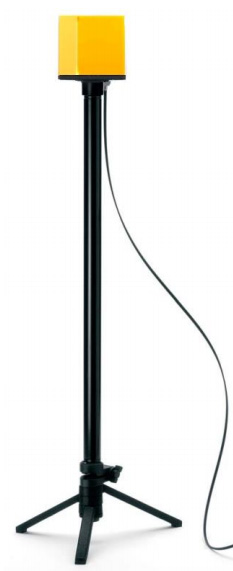
Narda EHP-50F E&H-Field Analyzer | 1 Hz - 400 kHz
- Conforms to EMF Directive 2013/25/EU
- Weighted Peak method for capturing complex signal shapes
- FFT spectrum analysis for E-field and H-field in one device


Wavecontrol SMP3 Dual Electromagnetic Field Meter
- 3-in-1 instrument: static field measurement, spectrum analysis, & broadband field meter
- FFT-based time domain spectrum analysis from 1 Hz to 10 MHz
- Broadband measurement of 0 Hz to 60 GHz

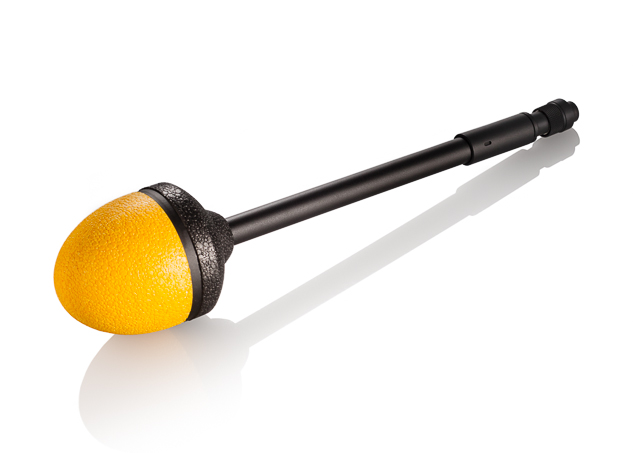_53.jpg)
Narda HF 0191 NBM H-Field Probe | 27 MHz - 1 GHz
- Occupational field exposure from radio broadcasting, telecoms, industrial equipment
- Isotropic (non-directional) measurement
- Dynamic range 59 dB without changing measurement range

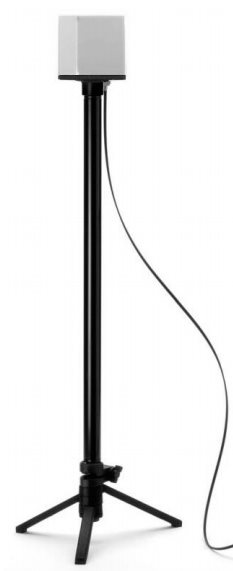
Narda EHP-200A Electric & Magnetic Field Analyzer | 9 kHz - 30 MHz
- Control via PC software or via an optional display unit
- Auxiliary connection for spectrum analysis of external signals
- Separate display of field strength for the three axes and the overall value

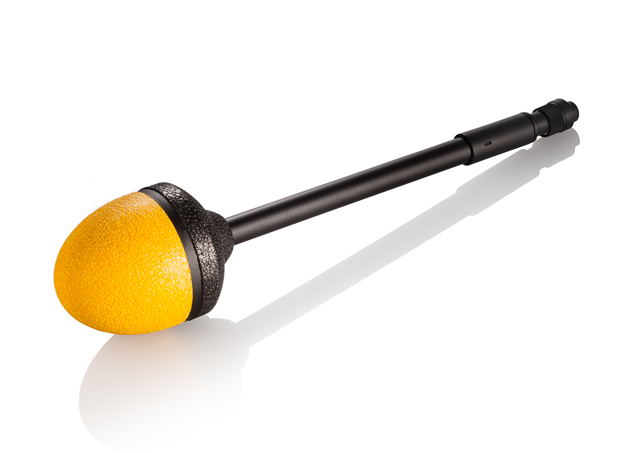
Narda EF 0391 NBM E-Field Probe, 2402/01B | 100 kHz - 3 GHz
- General public and occupational field exposure from broadcasting, telecoms and industrial equipment
- Isotropic (non-directional) measurement
- 64 dB dynamic range without changing measurement range

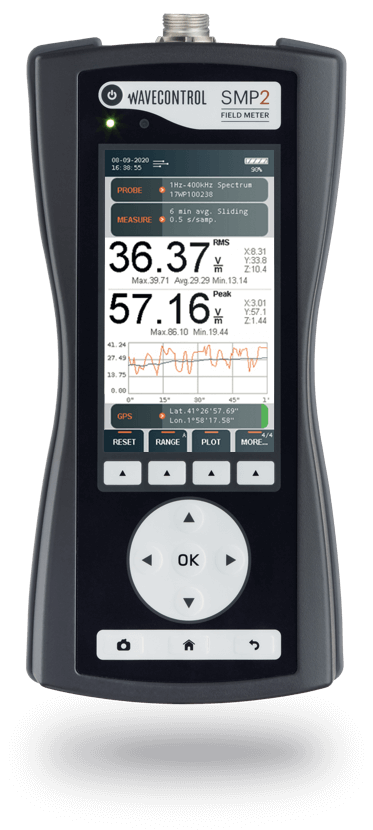
Wavecontrol SMP2 Electromagnetic Field Meter
- 3-in-1 field meter
- Total field value and value for each component (X, Y, Z)
- Broadband measurements: 0 Hz - 60 GHz With RMS and isotropic field probes


Narda EC 5091 NBM E-Field-Probe, 2402/16B
- 300 kHz - 50 GHz
- 30 dB
- Isotropic (non-directional tri-axial)

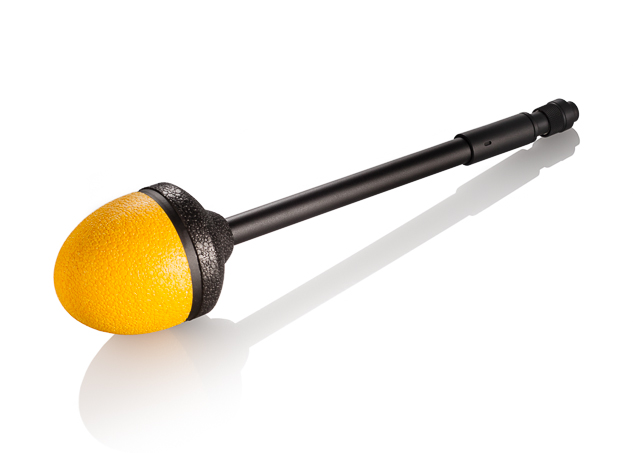
Narda EF 9091 NBM E-Field Probe | 100 MHz - 90 GHz
- General public and occupational field exposure
- Broad frequency range with high dynamic range
- Isotropic (non-directional) measurement

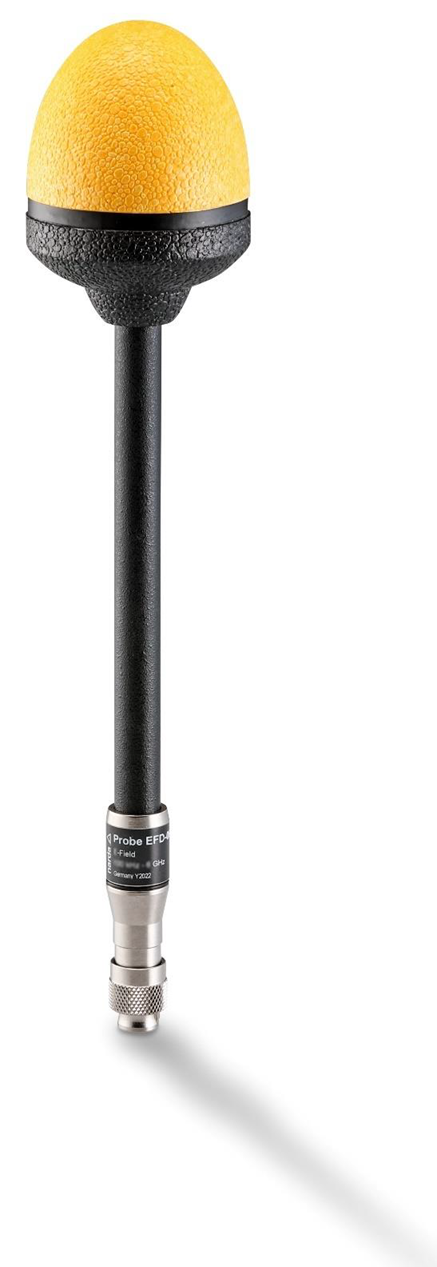
Narda EFD-0691 E-Field Probe | 2462/14B
- 100 kHz – 6 GHz
- 0.2 – 650 V/m (CW)
- Dynamic Range: 70 dB

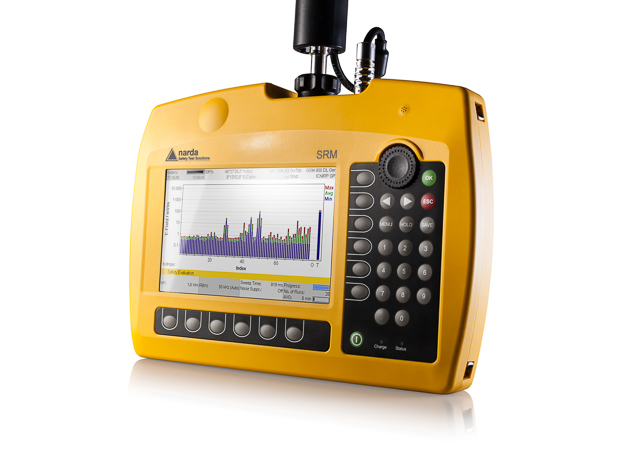
Narda SRM-3006 Selective Radiation Meter
- Measurements conforming to ICNIRP and national standards with results displayed directly in terms of the permitted limit value
- Fast, reliable results using predefined measurement routines, setups, and automatic settings
- LTE and UMTS operating modes for evaluating pilot signal information and extrapolation to maximum exposure levels


Narda EFD-5091 E-Field Probe | 2462/03B
- 300 MHz – 50 GHz
- 8 – 614 V/m (true RMS)
- Dynamic Range: 37 dB

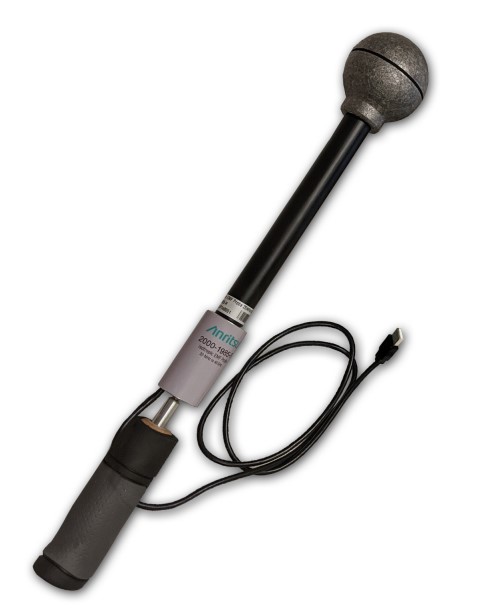
Anritsu 2000-1985-R Isotropic EMF Probe
- Isotropic EMF probe
- Easy-to-use and lightweight design
- Frequency range of 20 MHz to 40 GHz
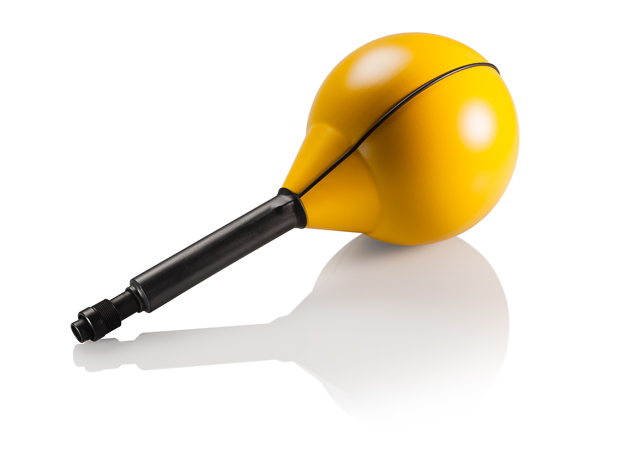
Narda HF 3061 NBM H-Field Probe | 300 kHz - 30 MHz
- Public and occupational field exposure from broadcasting, telecoms, and industrial equipment
- Isotropic (non-directional) measurement
- 62 dB dynamic range without changing measurement range

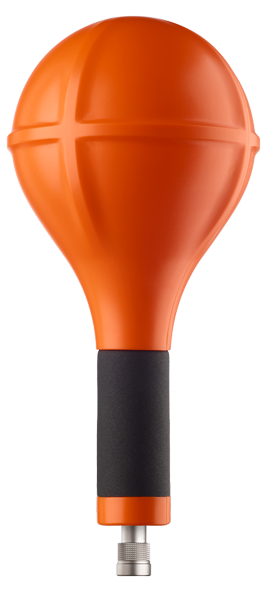
Wavecontrol WP400 Probe | 1 Hz - 400 kHz
- Electric & Magnetic field measurement
- Isotropic & True RMS measurement
- Spectrum analysis probe

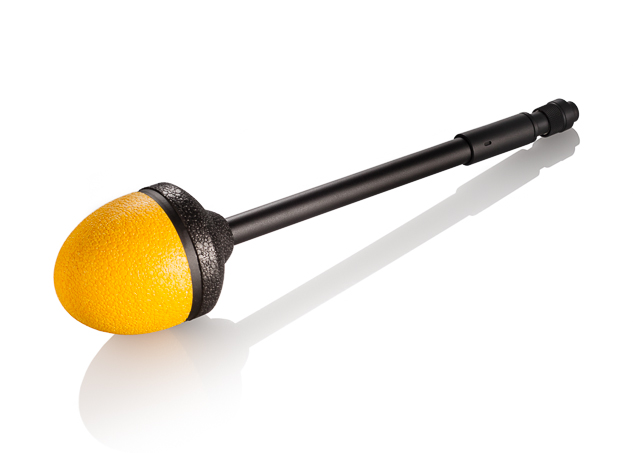
Narda EF 0392 NBM E-Field Probe, 2402/12B | 100 kHz - 3 GHz
- General public and occupational field exposure from broadcasting, telecoms and industrial equipment
- Isotropic (non-directional) measurement
- 64 dB dynamic range without changing measurement range


Narda EFD-4091 E-Field Probe | 2462/19
- 2 MHz – 40 GHz
- 1.2 – 800 V/m (CW)
- Dynamic Range: 56.5 dB


WaveControl WP10M Low Frequency H and E Field Probe
- Electric & Magnetic field measurement
- Isotropic & True RMS measurement
- Spectrum analysis probe


Narda EFD-6091 E-Field Probe | 2462/04B
- 100 MHz – 60 GHz
- 0.5 – 400 V/m (CW)
- Dynamic Range: 58 dB

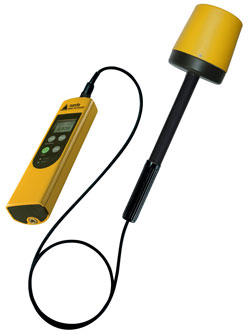
Narda NIM-511 Industrial Field Meter | 300 kHz - 100 MHz
- Complete Measurement System with dual electrical and magnetic field probe for frequencies up to 100 MHz
- Covers for example most industrial equipment, RF heat sealers and vinyl welders, Semiconductor Process Equipment and glass deposition, RF induction heating, dielectric dryers, heaters, or plasma
- Isotropic sensor

